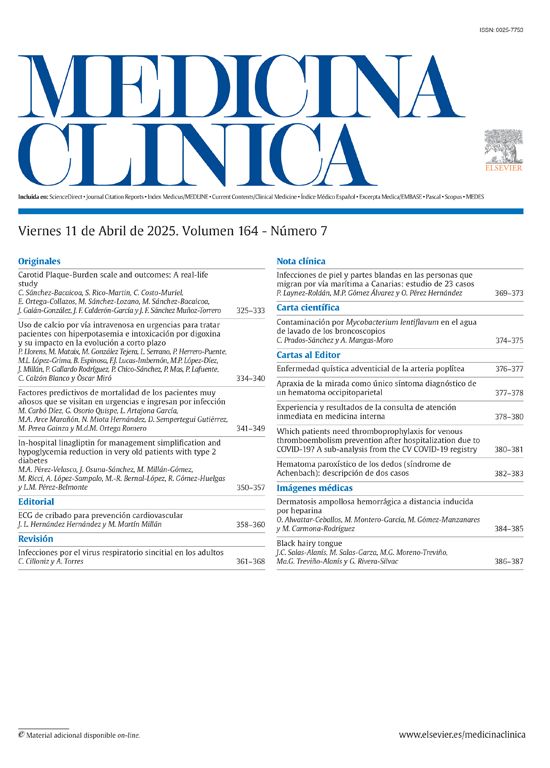We read with great interest the scientific letter by Dr. Jesús Joaquín Hijona Elósegui and colleagues (available online 12 September 2020).1 In their letter, the authors have stated that there is no evidence of vertical transmission of SARS-CoV-2 in the second trimester of pregnancy based on the limited evidence available. However, we have some concerns about the possibility of vertical transmission of Coronavirus disease 2019 (COVID-19).
First, vertical transmission refers to the way in which pathogens are transmitted from mother to offspring during the period before and after birth. It includes transmission via placental blood during pregnancy, via the birth canal during the process of delivery, and via breastmilk during postpartum breastfeeding.2 We do agree with the authors that intrauterine tissue samples such as placenta, cord blood, amniotic fluid and vaginal secretion, which are essential for assessment of vertical transmission. Thus, it is imperative to collect more kinds of specimens of SARS-CoV-2 infected pregnant women and their newborns to better evaluating the possibility of vertical transmission of SARS-CoV-2.
Second, a recent study suggested that the ratio of SARS-CoV-2-infected mother-to-fetus transmission will be significantly lower than that of Zika virus. Because the expression of angiotensin-converting enzyme 2 (ACE2), which is the receptor that SARS-CoV-2 enters the cell is deficient in all kinds of early maternal–fetal interface cells.3 And this may explain why SARS-CoV-2 can be found in human saliva rather than in vaginal secretions.4
Third, Alexandre J. Vivanti and colleagues reported the first proven case of transplacental transmission of SARS-CoV-2 from a pregnant woman affected by COVID-19 during late pregnancy to her offspring.5 The transmission is confirmed by comprehensive virological and pathological investigations. Both “E” and “S” gene of SARS-CoV-2 were found in each and every specimen, the viral load is much higher in the placental tissue than in amniotic fluid or maternal blood suggests the presence of the virus in placental cells, which is consistent with findings of inflammation seen at the histological examination. Furthermore, the RT-PCR curves of neonatal nasopharyngeal swabs at 3 and 18 day of life are higher than that at the first day (while the baby was in full isolation in a negative pressure room): this is also another confirmation of an actual neonatal infection, rather than a contamination. Notably, the neonate were presenting with neurological compromise which indicates long-term follow-up of infants born to mothers with confirmed COVID-19 are needed.
In conclusion, the vertical transmission of SARS-CoV-2 infection is possible during the last weeks of pregnancy. Additional good-quality studies with comprehensive serial tests from multiple specimens and long-term follow-up of infants are urgently needed.
Conflict of interestWe declare no competing interests.







